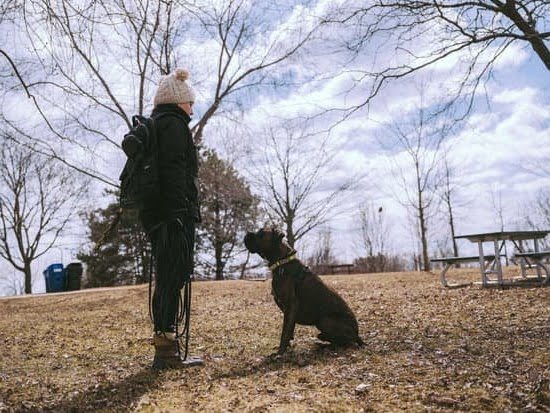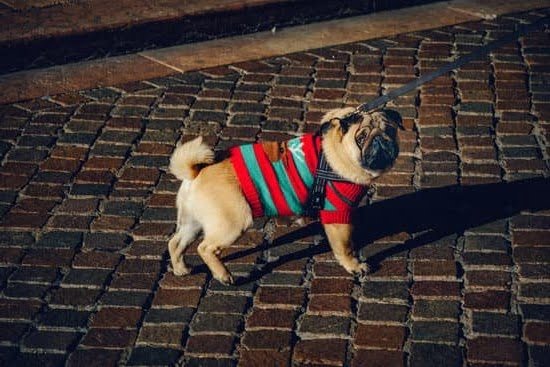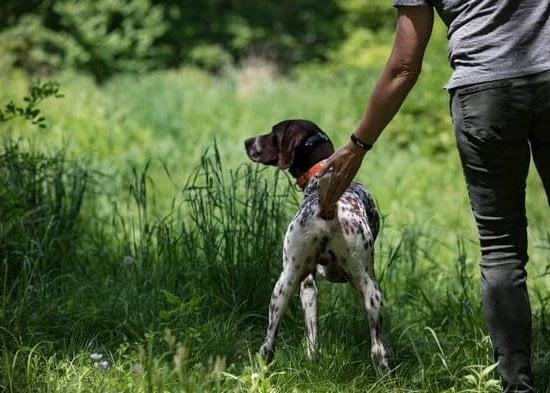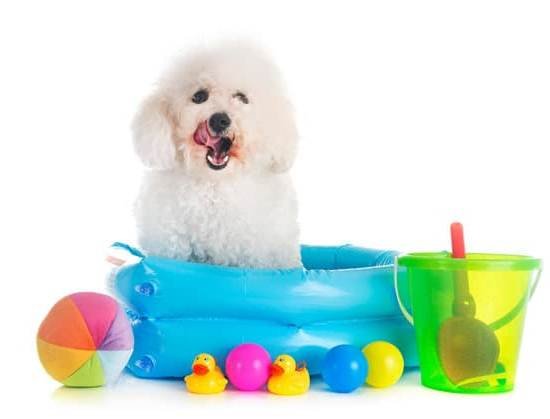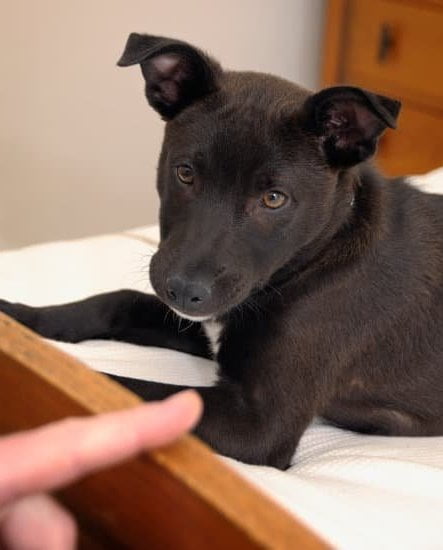Introduction
Pee pads can be a great help in potty-training your pup. For dogs unable to go outside, pee pads provide an area where they can relieve themselves right at home. Pee pads also benefit those with busy schedules or bad weather who cannot take their dogs outside as often as necessary during the potty-training process. Training your dog to use a pee pad is also a much quicker process than outdoor potty training and takes less effort overall. Moreover, even after your pup has been fully trained, they will still remember all the commands and actions necessary to use the pee pad again and again.
Preparing for Training
When it comes to training your dog to go on pee pads, there are certain supplies that you will need. First, you should invest in a good quality puppy pad holder – these are specially designed containers with an absorbent layer on the bottom, which can hold multiple puppy pads securely. It is important to change out and replace the pads regularly, so it would be wise to also buy a bulk order of puppy pads for added convenience. Additionally, you might want to pick up some treats as rewards for when your pup does their business successfully on the pad. These treats will help incentivize them during the learning process. You can find all of these items at most pet supply stores or online retailers.
Getting Started
Introducing your dog to pee pads can be a daunting task, but with proper instruction and patience, you can alleviate the stress of both you and your pup. Here is our step by step guide on teaching your dog to use pee pads:
1. Choose your pee pad location: Decide where the pee pad will go in advance so that your dog is aware of its location in subsequent steps. Try to choose a spot that is quiet and away from activity.
2. Buy high quality pads: Cheap, inferior pads will not absorb as quickly as higher quality ones, leading to frustration with both you and your pup. Consider investing in an absorbent multilayer system, so urine won’t seep through or damage the floors underneath it.
3. Praise and reward: When first introducing the pee pad, make sure to give lots of praise and affection when they sniff or show interest in it. This establishes the positive reinforcement required for future training sessions.
4. Lead them towards the pad: Depending on how old or familiar your dog is with potty training methods, you may need to lightly lead them towards the pee pad with treats or toys whenever you notice them searching for a place to relieve themselves.
5. Wait until they finish their business: Once they’ve settled on top of the pad, do not interrupt them until their business is finished – this prevents inciting negative behavior if interrupted mid-process or establishing an incorrect connection between the two activities (going on the pad vs being interrupted).
6. Offer up rewards: After they have successfully gone on the pad, give immediate rewards in forms of food or playtime – whatever works best for them – as encouragement motivational reinforcement whenever they use it correctly in the future.
7 Continue this same routine daily: With consistency come results! Daily repetition strengthens neural pathways connected to certain activities which help speed up progress when teaching new tasks – this especially applies here!
Creating a Routine
A key step to successful puppy pee pad training is creating a routine and sticking to it. Some general scheduling tips include: taking them out first thing in the morning, last thing before bed, shortly after meals and snacks, before they start getting bored, and after long naps or any time they’ve been left alone for more than two hours. To give your pup some structure, it pays to designate specific times of day when you take your puppy outside for regular toilet breaks. For example, if you like a certain show on TV at 8 p.m., let that be the signal every night that it’s time to go outside for a potty break.
In between these designated times, anticipate when there may be accidents in the house and plan accordingly. Puppies may need more frequent trips outside during teething stages when those emerging teeth will seem especially sharp and irresistible—on furniture or other objects around the house. And of course have on hand multiple poop bags or kitty litter scoops so that you can remove any accidents inside quickly and easily once they occur. You also want to discourage pottying in bad spots with noise distractions such as a clap or exclamation of “no!”; this should be followed by redirecting your pet to the area where their pee pad–or eventually outdoors– is accepted for use as a toilet spot.
Positive Reinforcement
Positive reinforcement is one of the most effective methods for training your dog to use pee pads. Teaching your dog to go on a pee pad requires patience, consistency and positive rewards. To begin, establish a designated spot in your home—such as a corner in the living room—as the potty area. Then place a few pee pads in the spot and encourage your pup to check them out. Once they’ve sniffed around and shown interest, move on to step two: practicing pottying on cue.
Once you’ve established the designated potty area with multiple pee pads, practice sending your pup there when it’s time for them to go. Encourage them with verbal cues or gestures such as “go potty,” pointing at the area or even walking over with them so they’re aware of where you want them to be. As soon as they start using the pee pad correctly, praise and reward them with treats or verbal praise. This will help reinforce their behavior and build good habits for future use of the pee pads. If your pup does not use the pad at first, do not scold them; instead, try luring them back to the same spot until they learn that it is an acceptable place to relieve themselves.
Creating a consistent schedule for bathroom breaks is also key in successful potty training- schedule several trips throughout the day during times you know they usually need to go and rewards only when they use the pads correctly in this designated space—not after elimination elsewhere in the house. Gradually reduce how many pee pad are available until eventually transitioning away from all of them so that they are only used outdoors!
Troubleshooting
If your dog isn’t responding to their pee pad training, there are a few common issues that can cause difficulty. Firstly, dogs often won’t use the pee pad if it isn’t placed in an area they recognize as their potty spot. To fix this, make sure that you put the pee pad in an easily distinguishable spot – and keep it there! You should also ensure your pup is getting regular outside bathroom breaks and positive reinforcement when they use the pee pad properly.
Another problem that often arises with pee pad training is that dogs will go elsewhere to use the potty – like on the floor or furniture. To minimize this behavior, give immediate corrections when it occurs and make sure you have created a specific place for them to do their business. You may also find it helpful to limit access to certain areas of your home while they are still learning. Finally, be aware that it may take some time for your pup to adjust and learn what is allowed, so try to be patient and consistent in your training techniques.
Alternative training methods, such as crate training or using grass turf pads, may also prove successful if standard pad-training methods don’t work for your pup. Crate training will teach your dog where their ‘safe spot’ is and how to hold until given permission from you to go outside or on a designated potty spot (i.e., their pee pad). As for grass turf pads, these provide a comfortable surface for your pup that more closely resembles going outside than traditional pee pads do; plus, cleaning up after them is easier due to the artificial grass phasing out odors quicker than regular padding does.
Extra Tips
1. Establish a consistent holding pattern for your pet when using the pee pads: Create an area of your house that adheres to this routine so that your pup can quickly and easily understand where potty breaks should be taken.
2. Provide positive reinforcement for successes: Offer treats as rewards whenever your dog successfully uses the pad, which will help them develop a good habit and continue to go in the right spot each time.
3. Clean up accidents immediately: Don’t let messes hang around – clean them up with an enzymatic cleaning solution from the pet store so they don’t keep coming back to the same spot over and over again.
4. Make it comfortable: Add a cushion or blanket onto the designated area, so it’s not just a cold surface that makes using the pee pad unpleasant for your pup.
5. Take extra trips outside, even when using pee pads: Don’t forget that spending time outdoors is still important when you’re doing indoor bathroom training; take frequent trips outside to help reinforce proper potty habits in natural environments (e.g., grass, dirt).
6. Flush used-up training pads down the toilet: After successfully going on their pad, dispose of used ones by flushing them away down your toilet, teaching them how to not leave any mess around the house and rewarding them for it!
7. Give lots of praise!: Whether your pup goes on their potty pad or mistakes occur along the way, make sure you give lots of compliments and praise whenever possible—this will help motivate them to keep at it until it becomes second nature!
Conclusion
Using pee pads to train your dog is an effective and convenient method of potty training that can help both pet owners and their dogs. For many pet owners, the fact that they are easy to install and easy to clean makes peepad training a great option. Furthermore, using pee pads makes it easier for pets who might otherwise not be able to go outside on their own. Finally, with the help of this potty training method, you can ensure that your pup has quick and easy access to the restroom when out in public or during long trips in a crate. Ultimately, pee pad training is an ideal solution for pet owners looking for a reliable way to potty train their dogs.

Welcome to the blog! I am a professional dog trainer and have been working with dogs for many years. In this blog, I will be discussing various topics related to dog training, including tips, tricks, and advice. I hope you find this information helpful and informative. Thanks for reading!

